Nanomaterials are defined as particles having one of their dimensions ≤100 nm. Due to their high surface-to-volume ratio, nanoparticles can carry a remarkable amount of cargo on their surface. Applications for inorganic and metallic nanomaterials range from solar cells and sensors to biomedical applications.
The nanomaterials come in various forms and sizes, including nanospheres, nanorods, and nano-urchins, as well as formulations and dispersions, such as pastes, suspensions, and nanopowders. Furthermore, Merck also supplies functionalized nanoparticles and nanoparticle kits designed for high-tech uses. Unleash the potential of these powerful materials in your research.
Due to their unique optical, chemical, and physical characteristics, silver nanoparticles are currently used in various biological applications. Hundreds of products that use silver nanoparticles to stop bacterial growth on surfaces have been developed due to renewed interest in the potential of silver as a broad-based antibacterial agent.
Furthermore, the size, shape, and optical hue of silver nanoparticles are related. Silver nanoparticles’ strong coupling to particular incident light wavelengths can be used to create ultrabright reporter molecules, extremely effective thermal absorbers, and minuscule “antennas” that can intensify the local electromagnetic field.
Store items at 4-6 °C, away from light. Short periods at room temperature are okay, but lower temperature storage extends the product’s shelf life. Do not freeze.
Materials
Source: Merck
| . |
. |
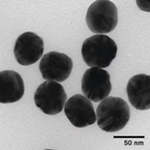 |
Silver nanospheres 50 nm avg. part. size, 0.02 mg/mL (in 2 mM aqueous sodium citrate), citrate functionalized |
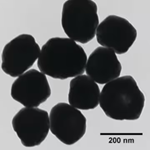 |
Silver nanospheres 200 nm avg. part. size, 0.02 mg/mL in water, BPEI functionalized |
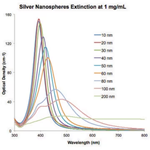 |
Silver nanospheres 20 nm avg. part. size, 1 mg/mL (aqueous sodium citrate), citrate functionalized |
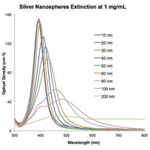 |
Silver nanospheres 60 nm avg. part. size, 1 mg/mL (aqueous sodium citrate), citrate functionalized |
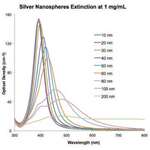 |
Silver nanospheres 80 nm avg. part. size, 1 mg/mL in water, PVP functionalized |
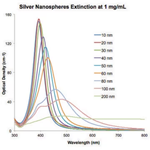 |
Silver nanospheres 50 nm avg. part. size, 1 mg/mL in water, lipoic acid functionalized |
 |
Silver nanospheres Silica-Shelled, 100 nm, NanoXact, 1 mg/mL in ethanol, Aminated / Cationic Silica |
 |
Silver nanospheres Silica-Shelled, 50 nm, NanoXact, 1 mg/mL in ethanol, Aminated / Cationic Silica |
 |
Silver nanospheres 10 nm, NanoXact, Dried, PVP 40 kDa (Polymer), powder |
 |
Silver nanospheres 100 nm, NanoXact, Dried, PVP 40 kDa (Polymer), powder |
 |
Silver nanospheres 50 nm, NanoXact, Dried, PVP 40 kDa (Polymer), powder |
 |
Silver nanospheres 75 nm, NanoXact, Dried, PVP 40 kDa (Polymer), powder |
 |
Silver nanospheres Silica-Shelled, 100 nm, NanoXact, 1 mg/mL in ethanol, Standard (Silanol) |
 |
Silver nanospheres Silica-Shelled, 50 nm, NanoXact, 1 mg/mL in ethanol, Standard (Silanol) |
 |
Silver nanospheres 75 nm, Econix, 5 mg/mL in water, PVP 40 kDa (Polymer) |